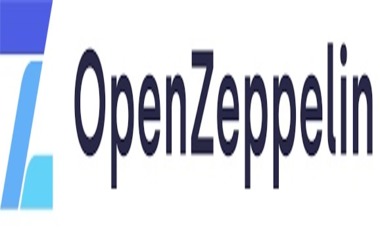
In an era where decentralized applications (dapps) have faced a series of exploits resulting in substantial losses, Defender 2.0 arrives as a timely solution. Throughout 2023, the decentralized finance (DeFi) sector encountered significant vulnerabilities, resulting in estimated losses of $479 million in cryptocurrencies, with a particularly distressing record of $77 million in losses during July.
Demian Brener, the founder of OpenZeppelin, underlined the primary objective of Defender 2.0: “Defender 2.0’s ultimate goal is to help developers make their smart contracts as secure as possible at all stages—from development to deployment and production.”
Comprehensive Protection Across the Blockchain Lifecycle
The enhanced version of Defender 2.0 encompasses an array of modules, collectively safeguarding every facet of a decentralized blockchain project’s lifecycle—ranging from code creation and auditing to deployment and continuous monitoring.
During the coding phase, developers receive the assistance of a machine learning model that scans their code during integration with GitHub. This proactive approach identifies potential vulnerabilities and suggests improvements before they escalate into critical issues. Simultaneously, an audit module streamlines the process of identifying and prioritizing critical bugs, expediting the remediation process.
In the deployment stage, Defender 2.0 streamlines secure smart contract upgrades and executions, enabling operational teams to accelerate their setup and avoid unwarranted delays. This module seamlessly integrates with decentralized custody protocol Safe (previously known as Gnosis Safe) and Fireblocks Inc.’s institutional asset custody services, enhancing security through multiparty computation wallet capabilities.
Efficient Monitoring and Operations
The platform’s monitoring and operations modules provide teams with the capacity to respond promptly to any anomalies or failures occurring within deployed smart contracts. This is facilitated by an analytics system that identifies deviations or catastrophic events. Offering real-time visibility into live smart contracts, the system analyzes risks and behaviors, equipping users with the necessary insights and data in the event of an incident.
Furthermore, project teams can customize Defender 2.0’s platform through the Actions module, which automates workflows for both on-chain and off-chain operations. This flexibility empowers teams to tailor their approach to the unique demands of their projects.
A Universal Solution for Blockchain Builders
Demian Brener emphasized that Defender 2.0 redefines how blockchain developers approach various stages of development, deployment, monitoring, and response. By integrating security early in the development lifecycle, builders can accelerate their deployment timelines while maintaining a robust security posture.
At launch, Defender 2.0 offers support for over 30 blockchain mainnets and testnets, including Ethereum, Polygon, Arbitrum, Optimism, Coinbase Inc.’s Base, and zSync Era. Prominent players within the blockchain industry, such as Matter Labs (creators of zkSync), TheGraph (a blockchain indexing protocol), and Mean Finance, have already chosen to leverage Defender to ensure the safety of their smart contract code and decentralized applications.